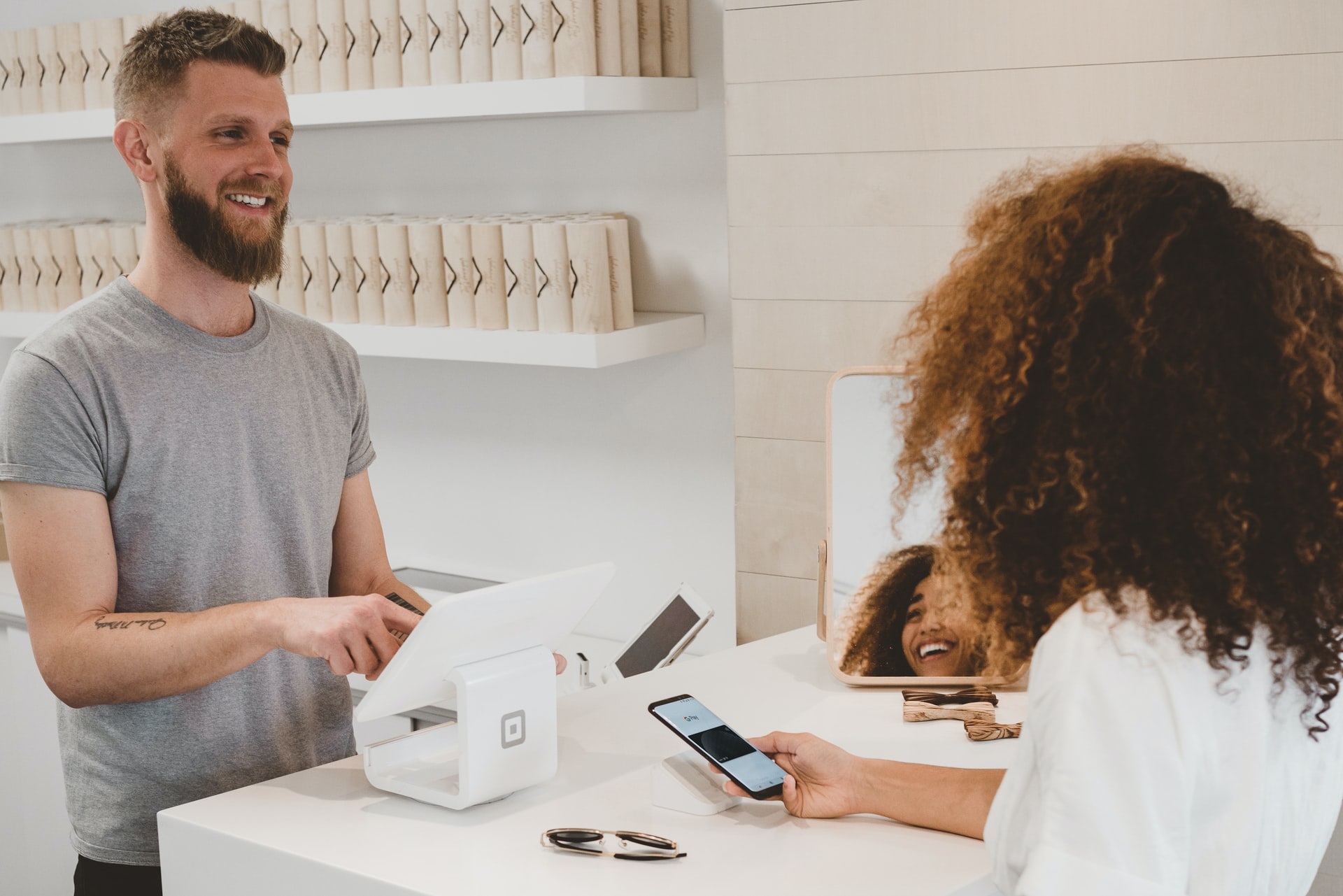Four onboarding techniques to try in the face of consumer rejection
- Thursday, November 4th, 2021
- Share this article:
Onboarding is the first step in the process of getting new customers to purchase your services or products – but it’s not always easy to do. Bernadine Racoma, Content Manager at WorkSmartr.com, explains how to get it right.
 The battle to secure the undying loyalty – or at least a sale or two – leads to brands spending millions going head-to-head for the chance at securing new business. Take the Apple Vs. Samsung battle – two massive tech giants in constant loggerheads trying to prove theyre the brand to beat.
The battle to secure the undying loyalty – or at least a sale or two – leads to brands spending millions going head-to-head for the chance at securing new business. Take the Apple Vs. Samsung battle – two massive tech giants in constant loggerheads trying to prove theyre the brand to beat.
In 2011, Samsung created an advert that showed iPhone users waiting for the next iPhone release checking out the new Samsung 11, and Samsung users telling them to get a 4G phone because the iPhone was yet to have it. The point is, every brand – big or small – has a rival, a big competitor that they watch closely. Why? Well, it all starts with onboarding. Brands want to know how their competitors are securing customers and sales, and it starts with onboarding.
Below, we will explore five onboarding techniques to try in the face of consumer rejection to help give you the competitive edge.
Utilize audience insights
One of the best onboarding techniques is understanding your consumer. That doesnt mean simply understanding what they want to buy; its about understanding how they like to shop, how they like to communicate, and what they expect from you as a brand rather than your products or services. Yet, there must be a discrepancy in what businesses and consumers think because a staggering 90 per cent of customers think that brands could make a better job of the onboarding process.
In comes audience and market insights – utilizing market research and audience analysis to understand consumer behaviours. Yes, market research is excellent at providing a detailed analysis of consumer trends, but audience insights are truly invaluable. A sophisticated market intelligence tool can analyze both, providing not only a complete picture of your industry but also vital audience metrics in addition to competitive insights to help you win back some share of the industry voice.
Complex? We think not. The tools do the hard work for you. Onboarding starts with having customers to onboard – market and audience research is the answer.
Consistent communication
The little things in life go a long way, and simple communications with consumers are no different. Take the humble welcome email as an example. A short and sweet message thanking the consumer for visiting your store and making a purchase can be the perfect start to your onboarding process. One study found email marketing – which this is a loose form of – generates $42 for every $1 spent. Thats a huge ROI.
Similarly, a greeting message can be just as effective. Not to be confused with an email, a greeting message pops up when a customer first opens your app or website, or perhaps when they log in. You can effortlessly create personalized messages prompting the customer to create an account.
Keep the messages short and sweet, and consider adding a discount incentive. Thats a common business tactic used by many, whereby businesses offer, for example, a 10 per cent discount for new customers if they create an account.
Think about video content
Sometimes, its much easier to watch a short video than it is to read text. Videos keep it simple, send messages with emotion, and feel far more personal. That means video content is potentially better for engaging customers, and interestingly, 84 per cent of people make a purchase after watching a video that explains something.
Therefore, video content could greatly help you with your onboarding process. Not only could you create a video that makes onboarding and account creation simple for your consumers, but you also can then use them as promotional videos to sell your products or services. You may have seen examples of account creation videos on websites like Xero and their Getting Started explainer video for their customers.
Keep in mind, the golden rule of thumb is to keep a video under two minutes – unless the circumstances demand a longer one. Anything over that, and you risk losing the attention of the watcher.
Chatbots
Who knows how we used to survive without chatbots. Chatbots – as long as a business uses them – have provided consumers with a way of getting near-instant access to an advisor. Sometimes this advisor is a robot, to begin with, but most chatbots have a human at the other end. Theyre so popular that 69 per cent of shoppers now demand an online chat service.
In terms of onboarding, chatbots give you the chance to begin to communicate while theyre still browsing. A simple “Hi, were here if you need any help” can go a long way. You dont have to be pushy or send a ton of messages. However, you might decide to send product or service information that can help with the onboarding process.
You dont even have to send a message at all. You may decide that you want the chatbot there so that customers know they have another way of contacting you. The presence of a chatbot is better than not having one at all.
Onboarding techniques work well alongside great products and services, respectable brand image, and other marketing techniques. Onboarding techniques arent a success story on their own. What they are, are excellent tools for building a long-term, fruitful relationship between you and customers.

















